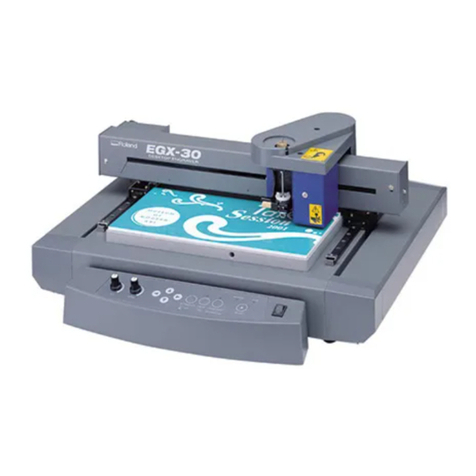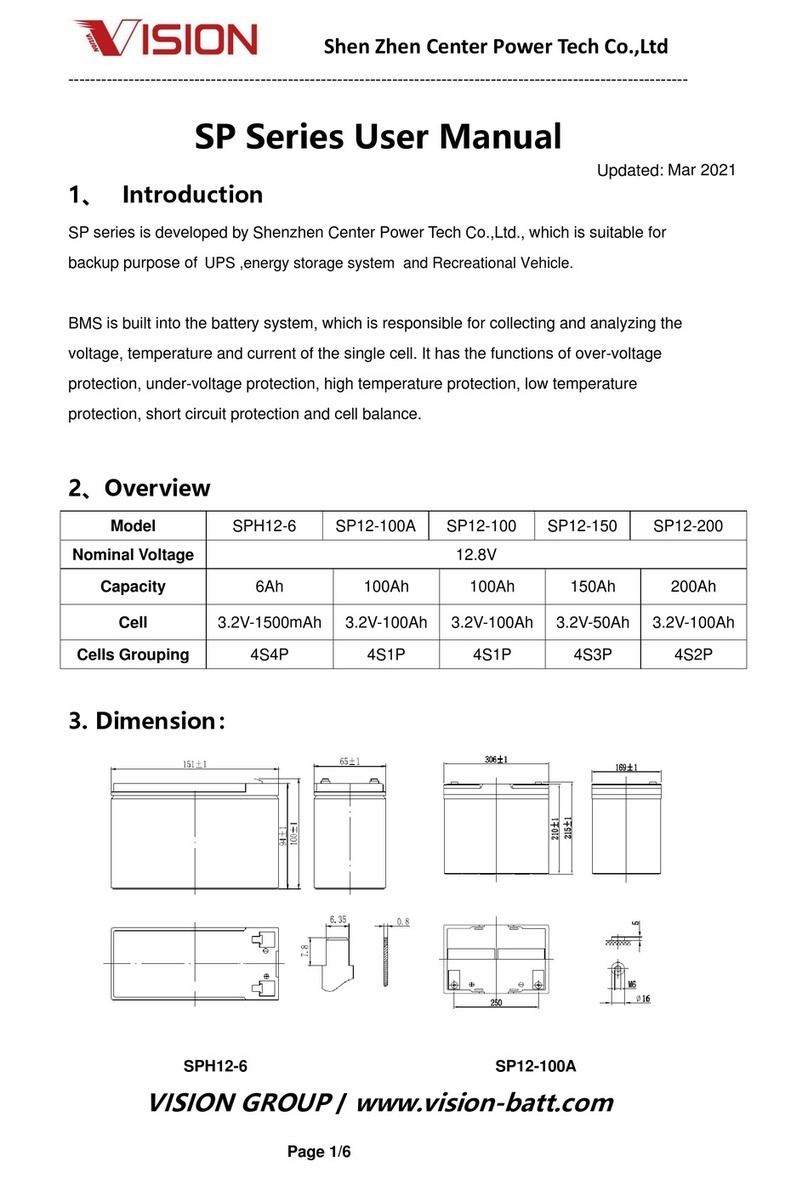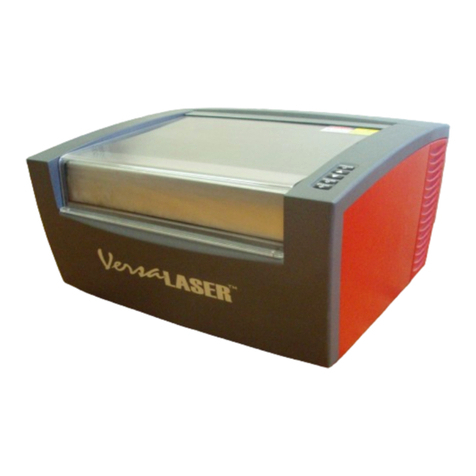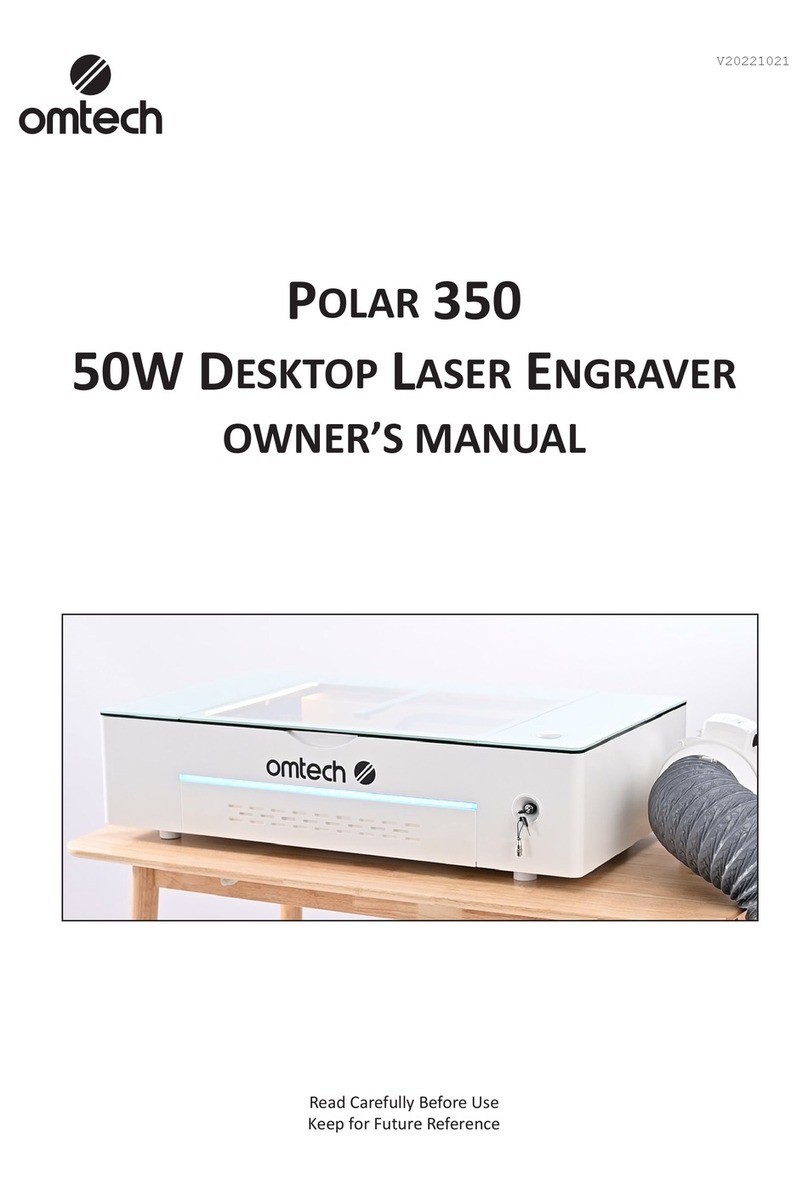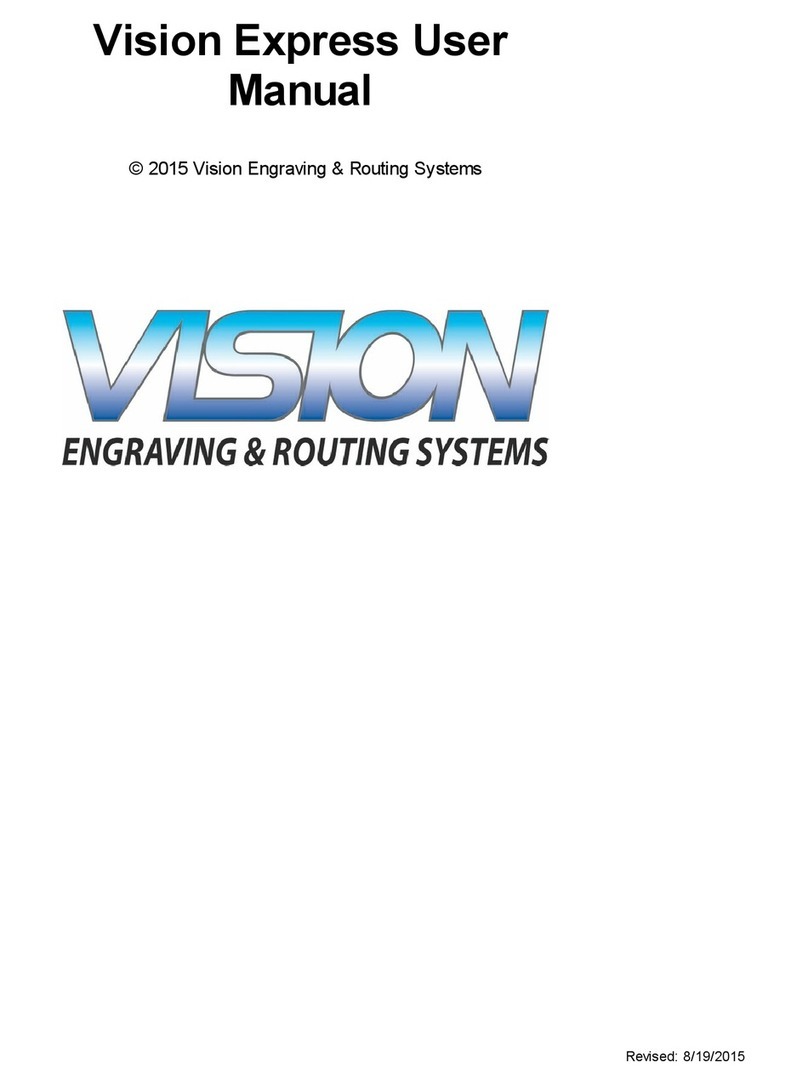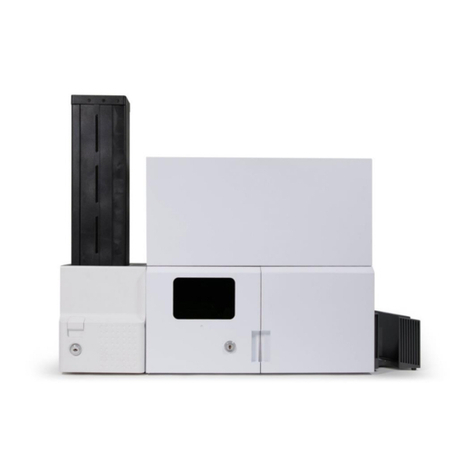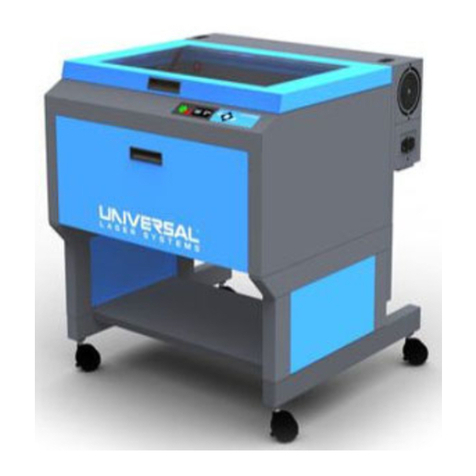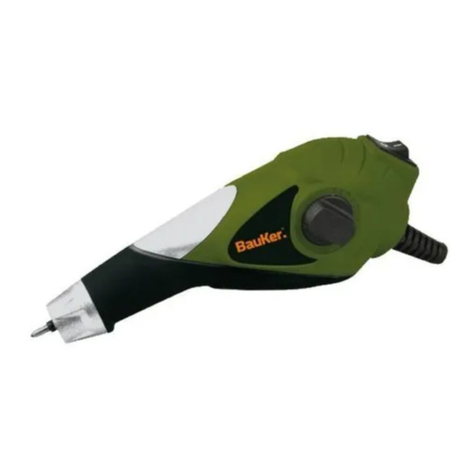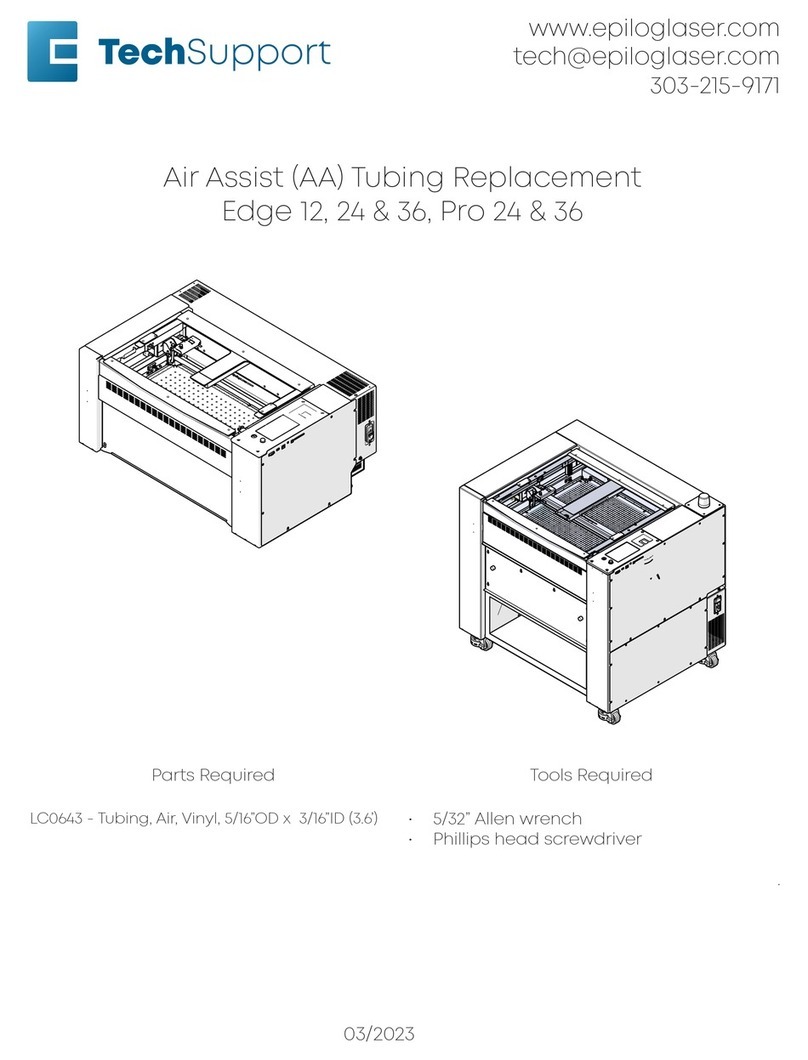
Security Statement
Before using the laser engraving machine, please read this safety guide carefully.
It mentions situations that require special attention and includes warnings of unsafe practices that can cause damage to
your property or even endanger your personal safety.
1 Laser Safety
•The machines use Class Ⅳlasers. The lasers are very powerful and can cause eye injuries and burn the skin. It is
recommended to wear laser goggles when using the laser engraver.
•Avoid exposing your skin to Class Ⅳlaser beams, especially at close range
•Teens must be supervised by parents while using the machine.
•Do not touch the laser engraving beam while it is switched on.
2 Material Safety
•Do not engrave materials with unknown properties.
•Materials recommended:
Metal, including stainless steel, aluminum, bronze, brass, alloy, etc,
Plastics, including PP, PE, ABS, etc.
3 Use Safety
•It is forbidden to point the laser to people, animals or any combustible object, whether it is in working condition or not.
•Use this laser engraving device only in accordance with all applicable local and national laws and regulations.
•Use this device only in accordance with this instruction manual and engraving software manual.
•DO NOT leave this device unattended during operation. Cut off all power to the machine and contact either our customer
service or repair service if anything seems to be working abnormally.
•Any untrained personnel who might be near the device must be informed the danger of the machine before operation
4 Electric Safety
•Only use this device with a compatible and stable power supply with less than 5% fluctuation in its voltage.
•Turn on the power to this device when it is well grounded.
•ONLY use this device with one hand at a time. The laser is powered by an extremely high voltage connection and placing
two hands on the machine at one time during operation has the potential to create a closed circuit with the human body,
resulting in electrical shock.
•The area around this laser engraver device should be kept dry, well ventilated, and environmentally controlled to keep the
ambient temperature between 40–95°F (5–35°C). The ambient humidity should not exceed 70%.
Note:
1) Adjusting the focus is a necessary prerequisite for laser engraving, please refer to step 4 of the manual before
engraving.
2) Make sure to remove the plastic protective cover of the field lens before engraving to avoid damage to the field lens
caused by laser burning.


